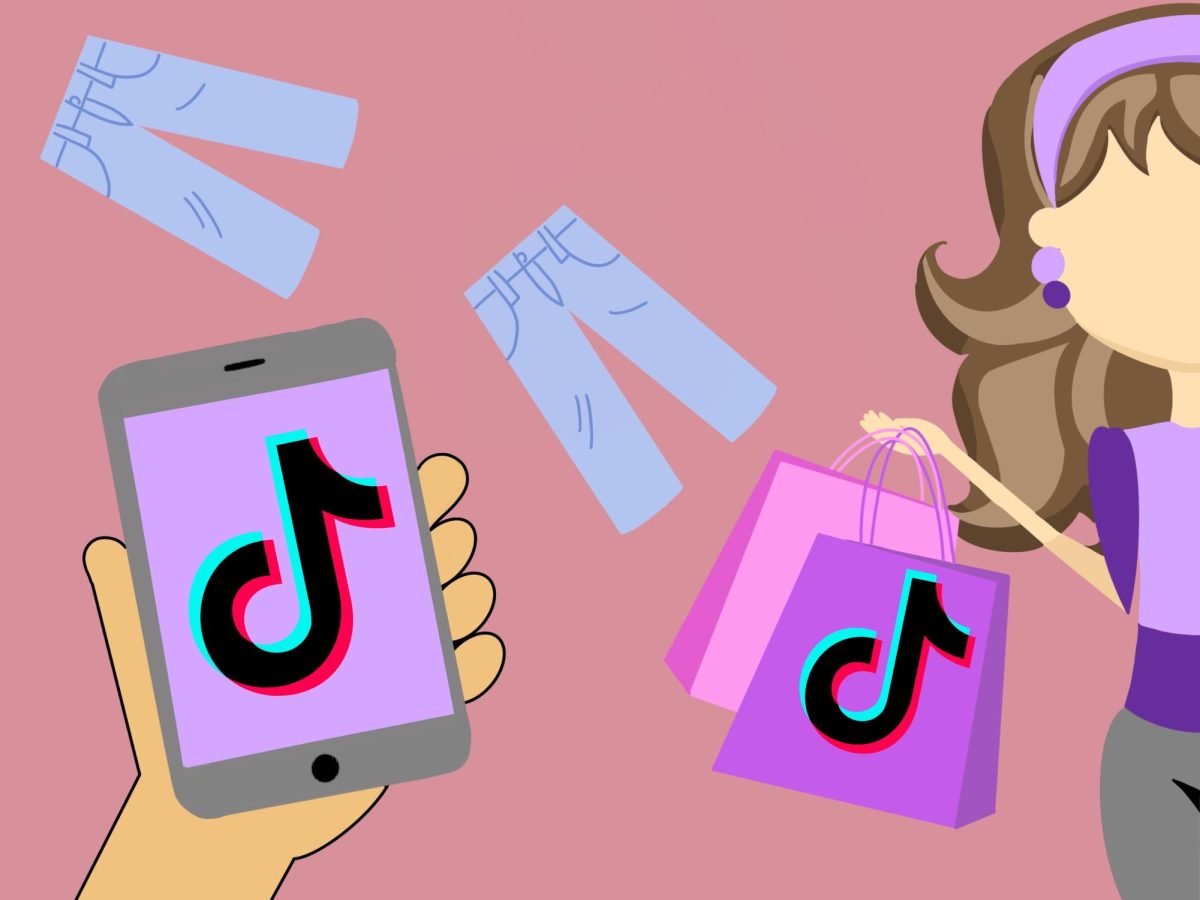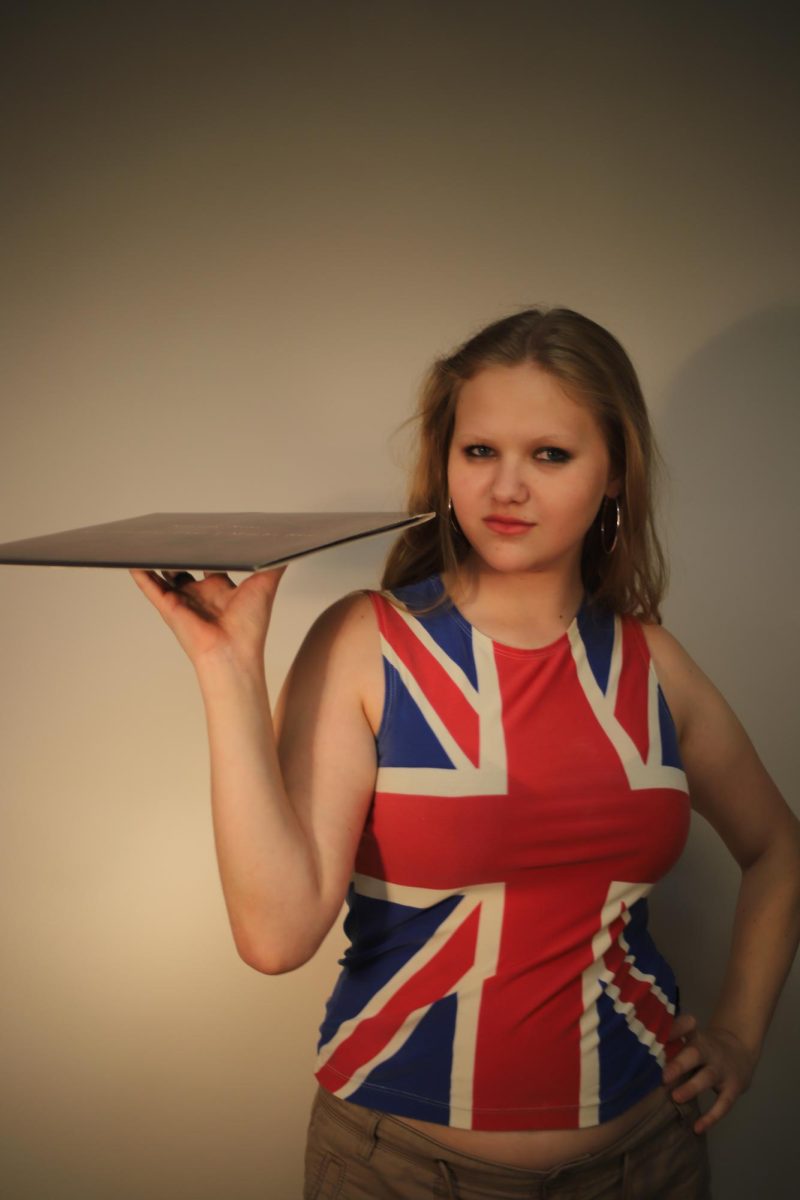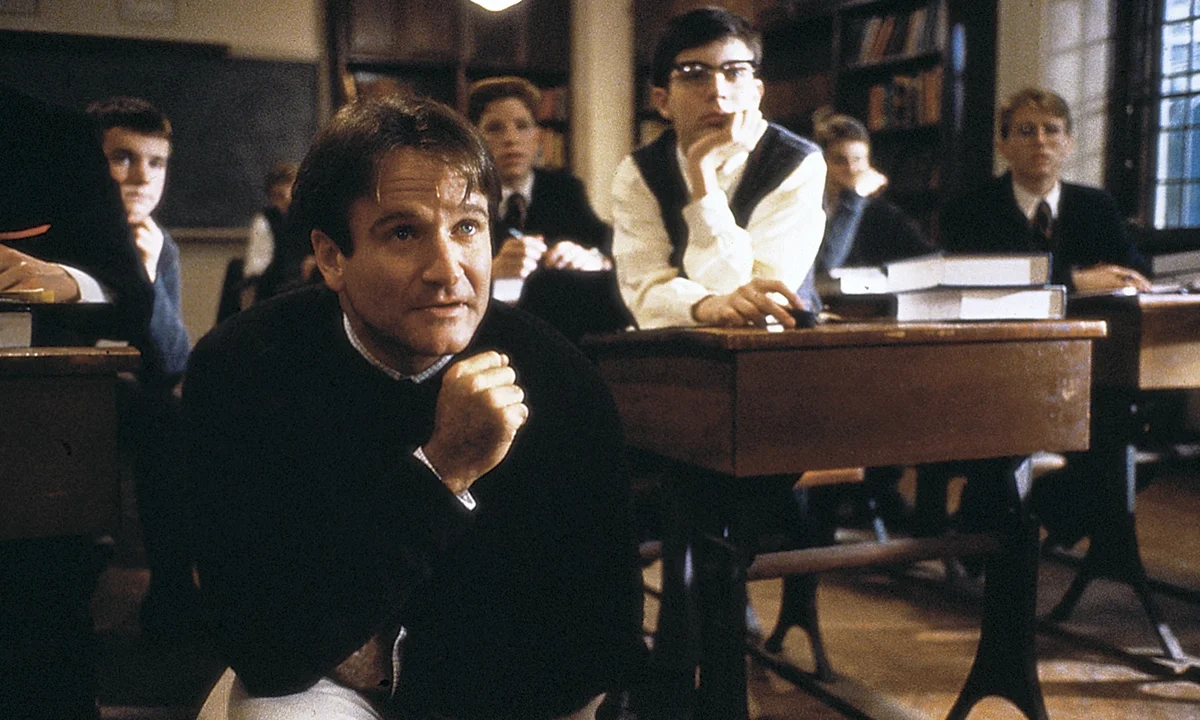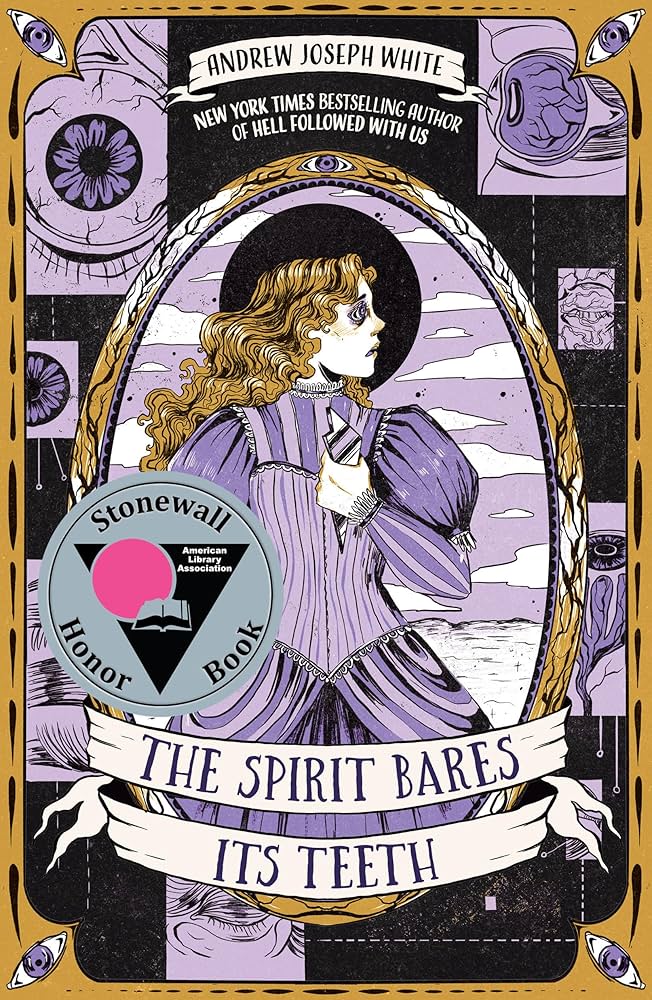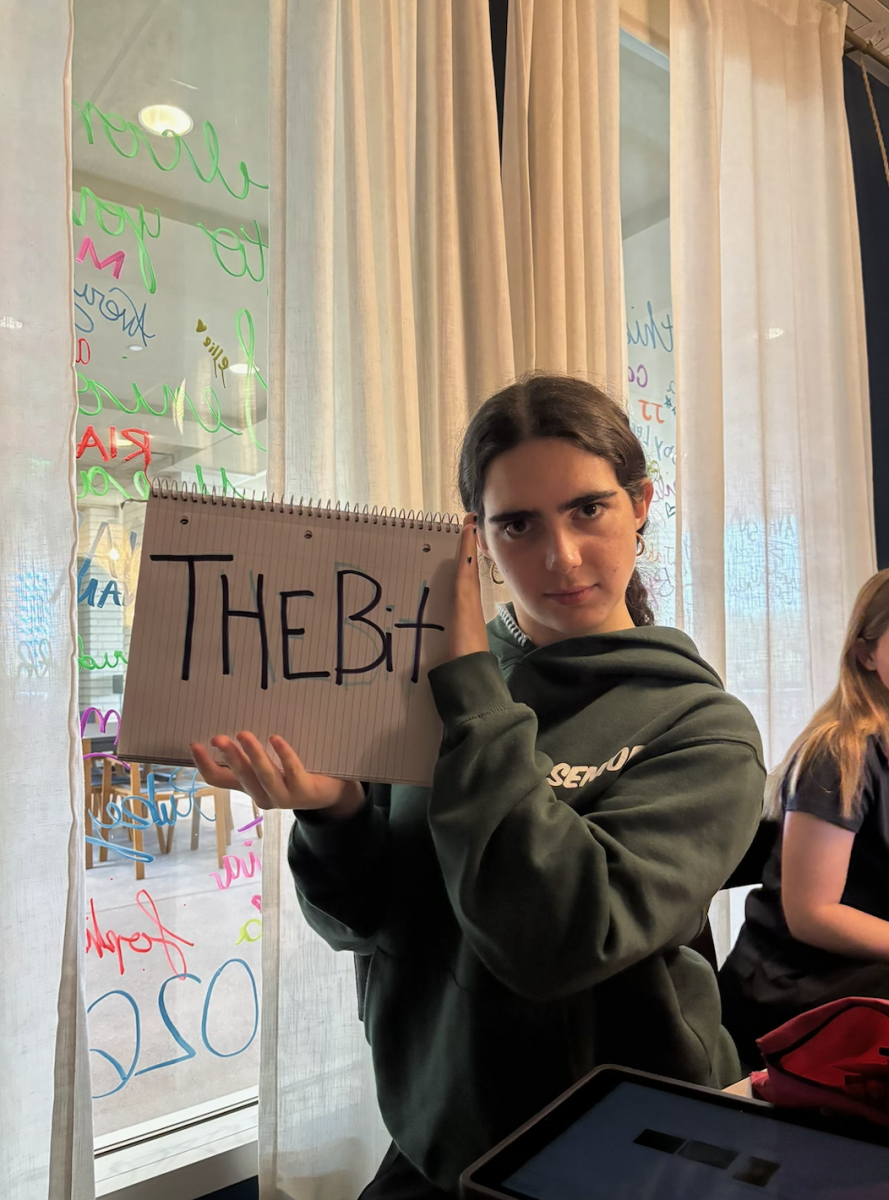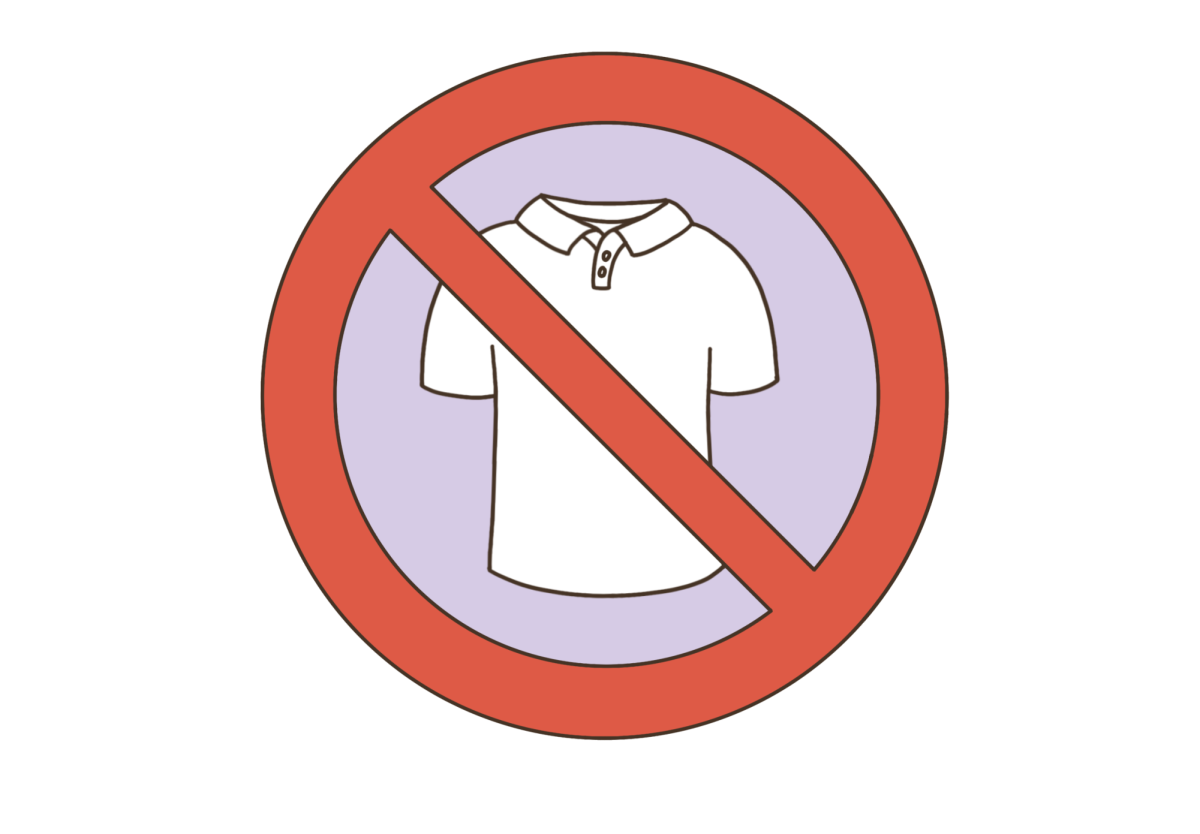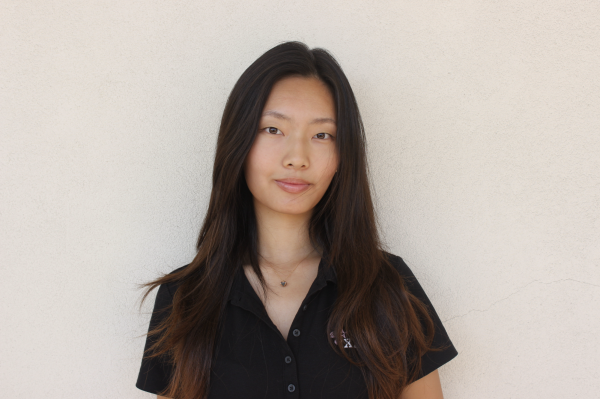In the 2000s, paparazzi ruled fashion exposure. If celebrities wanted to start a new trend, they had to be spotted in the streets or on a runway to get their picture printed in a magazine. Trends circulated more slowly, but were established nationwide nonetheless.
In the 2010s, paparazzi were not nearly as active as they were at their ridiculously invasive peak in 2007. A new age of technology was on the rise, an age where blogs, Tumblr and Instagram were the dictators of teenage girl consumption. Now, instead of getting printed in a magazine, the “it girls” of this decade can publicize themselves. This new autonomy over online presences allows for more experimentation as people try to get noticed in a sea of posts.
Thus far in the 2020s, TikTok has been the beginning and end of many trends. Instead of actresses and models flooding the pages of magazines, anyone can make a viral video and start a new trend. If the only fashion content I consumed were magazines, and I saw a celebrity wearing a bubble skirt, I might think it was cute. But now, I can scroll on TikTok, see 20 different normal girls wearing bubble skirts and get immediately sucked into a massive, nationwide micro-trend.
The rapid spread of trends and oversaturation of similar videos that is only possible with TikTok is a double-edged sword. On one end, people who may have gone their entire lives without ever getting noticed now have a prime opportunity to share their ideas and influence others. While there are limited pages in a magazine, there is infinite room for TikTok content. Everyone has the platform to try to create a trend, show themselves hopping onto a trend or post a video critiquing the trend. You no longer need to be discovered by a top magazine editor to have great social influence.
On the other end of that sword, TikTok’s contributions to the trend cycle can be detrimental for the same reasons it is great: Anyone can start a trend. There have been recent occasions where fashion or makeup concepts that certain groups have been doing for years have been exposed to unfamiliar audiences as “new” trends. For example, Hailey Bieber once posted herself lining her lips with a dark liner, which was reminiscent of the way many people in the ’90s lined their lips. People started sharing and copying her new “ground-breaking” makeup look, calling it “Hailey Bieber Lips.” Black and Brown girls who had seen their mothers, sisters and aunts line their lips the same way for their whole lives noticed that Bieber hopped onto a trend and got all the credit for it.
Another downside is oversaturation. Like I said, on TikTok I often see 20 girls wearing copies of the exact same outfit. Usually, those who participate in these trends do not have very nuanced takes on it. This past summer, lace bloomer shorts and a tucked jersey was a blueprint outfit that took over Black social media. Suddenly, I saw many people in real life wearing the same outfit. That speaks to a lack of individuality in today’s fashion and also shows that everyone consumes the same content. On top of this, fast fashion makes it easy for many people to participate, so just as quickly trends start, they end. TikTok even has a shop in the app where you can buy what you see in TikTok videos. The platform has successfully revolutionized consumerism. People can see something they want, buy it, wear it and see it go out of style all in only a few days . Then, they see this week’s trend, get hooked and the cycle continues. The trend cycle is at a speed we have never seen before, producing rampant textile waste and detrimental environmental effects.
In 2020, I noticed that 2000s fashion was making a big comeback. According to the 20-year fashion cycle, it was right on time. Every 20 years, fashion trends go from loved to hated to loved again. In the 2010s, everyone hated low-rise jeans and loved mom jeans. And now, in 2025, everyone wants low-rise jeans. It is natural to get tired of a trend after seeing it for a while. It is unnatural to cringe at the sight of trends that happened only three years ago because it feels like 10 different eras of fashion have happened since then. In 2021, patchwork was very popular. I could tell by how cheap it looked that the trend wouldn’t last long, but this didn’t stop me from buying one. Now, a mere three years later, I don’t see any of my peers wearing patchwork, and I couldn’t imagine walking out of the house in patchwork myself. In fact, within three years, we have swung to the opposite side of patchwork and are now in a sleek and expensive-looking era. Trends are dying and despised way sooner than they should be, disrupting the elegant flow of the 20-year rule.

